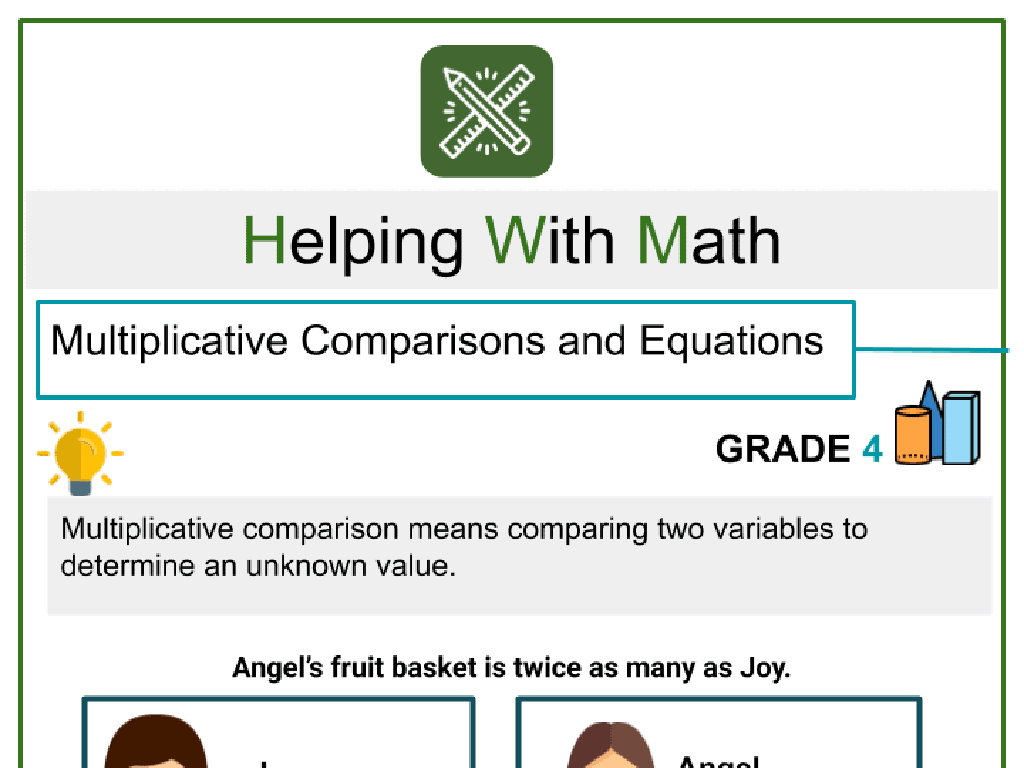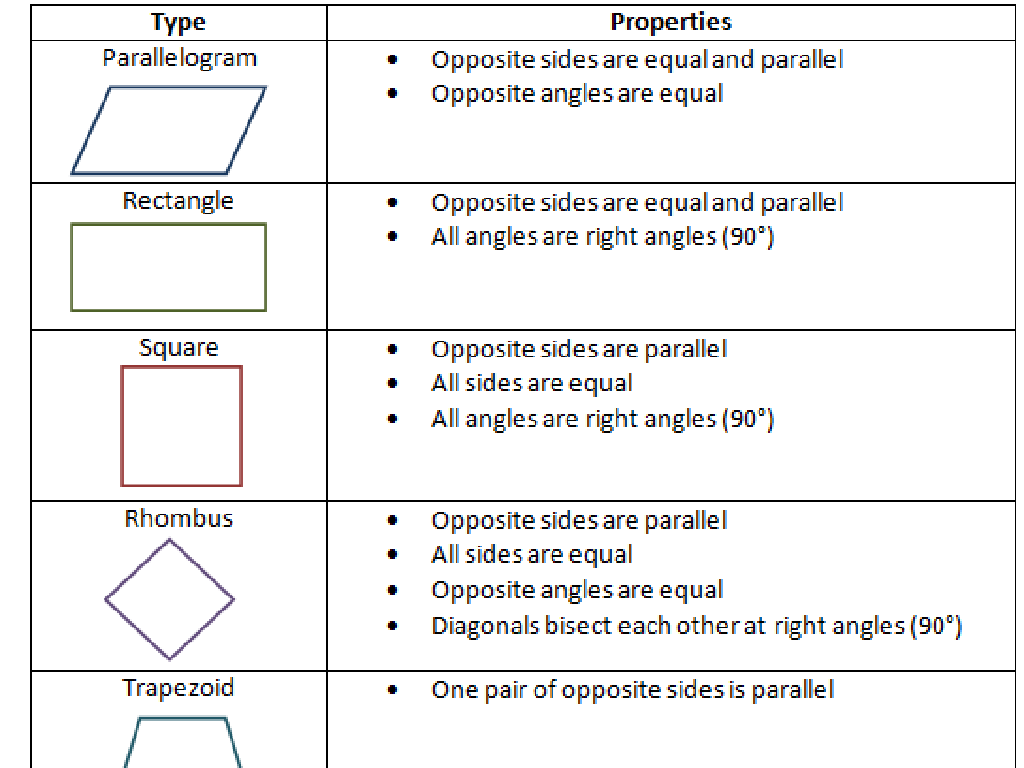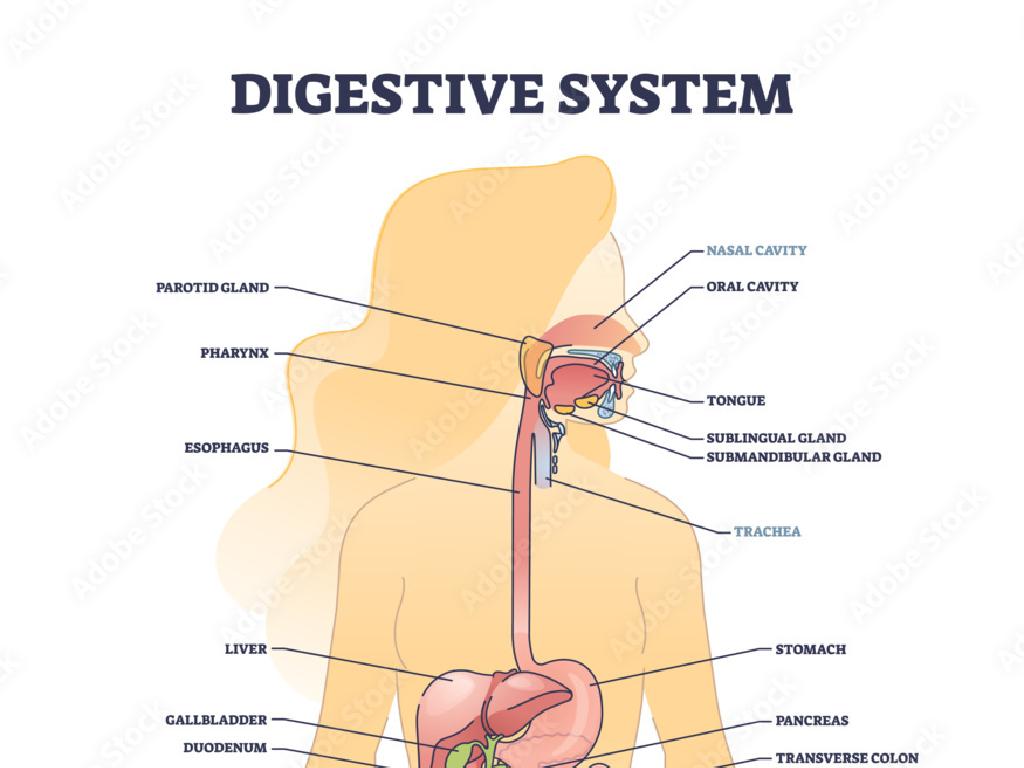Choose Metric Units Of Distance, Mass, And Volume
Subject: Science
Grade: Seventh grade
Topic: Units And Measurement
Please LOG IN to download the presentation. Access is available to registered users only.
View More Content
Understanding Metric Units
– Importance of measurement
Measurement is essential for accuracy in science and everyday life.
– Exploring the Metric System
The Metric System is a standardized method used globally, except for a few countries.
– Why use metric units?
Metric units are universal, making scientific communication consistent.
– Metric units in practice
Examples: Kilometers for distance, grams for mass, liters for volume.
|
This slide introduces the concept of measurement and its significance in both scientific and daily contexts. Emphasize the role of the Metric System as an international standard that facilitates clear communication and consistency in measurements across the world. Discuss why the metric units are preferred in scientific communities due to their ease of conversion and universal acceptance. Provide examples of metric units such as kilometers for measuring distance, grams for mass, and liters for volume to give students a practical understanding of the concepts. Encourage students to think of situations where they have encountered these units in their lives.
Understanding the Metric System
– Global measurement system
– Based on multiples of ten
– Easy calculation & conversion
– Common units: meter, gram, liter
– Distance (m), Mass (g), Volume (l)
– Why it’s important
– Standardization in science
|
The metric system is an international standard for measuring distance, mass, and volume. It simplifies calculations and conversions by using multiples of ten, which is a fundamental concept in the decimal system. Key units include the meter for measuring distance, the gram for mass, and the liter for volume. Emphasize the importance of the metric system in scientific standardization, allowing scientists worldwide to share and compare data effectively. Encourage students to think about how different units are used in everyday life and the advantages of having a common system of measurement.
Metric Units of Distance
– Meter (m): Basic distance unit
– Measuring varying distances
– Use rulers for short, tape measures for long distances
– Smaller units: mm and cm
– 10 mm in 1 cm, 100 cm in 1 m
– Larger units: km
– 1,000 m in 1 km
|
The meter is the fundamental unit of length in the metric system, from which all other units are derived. For shorter distances, such as the width of a book, we use millimeters or centimeters, which can be measured with a ruler. For longer distances, like the length of a football field, we use kilometers, which can be measured with a measuring wheel or tape. Provide students with real-life examples to measure using different units, such as the thickness of a pencil (mm), the height of a table (cm), and the distance from their school to home (km). This will help them understand when to use each unit and how to convert between them.
Metric Units of Mass
– Gram (g) as basic mass unit
– A gram is a small unit of mass, like the mass of a paperclip.
– Kilograms (kg) for heavier items
– Kilograms are used when objects are too heavy for grams, like a textbook.
– Example: mass of a paperclip
– Example: mass of an apple
– An apple typically weighs about 100 grams.
|
This slide introduces students to the metric units of mass, focusing on grams and kilograms. Grams are suitable for measuring light objects, and a common example is the mass of a standard paperclip. For heavier objects, such as textbooks, kilograms are more appropriate. Provide real-life examples to help students grasp the concept of mass and its measurement. A paperclip can be used to demonstrate a gram, while an apple, which is heavier, can be used to show that 100 grams is a practical amount for everyday items. Encourage students to think of other objects and guess their mass in grams or kilograms to reinforce the concept.
Metric Units of Volume
– Liter (L) as volume unit
– A liter is the base unit for measuring volume in the metric system.
– Milliliters (mL) for small volumes
– Milliliters, a smaller unit, are often used for liquids like medicine or drinks.
– Visualize with everyday items
– For instance, a typical water bottle may hold 500 mL, a teaspoon around 5 mL, and a swimming pool about 2,500 L.
– Comparing liters and milliliters
– Understand that 1,000 mL equals 1 L, which helps in comparing and converting between the two.
|
This slide introduces students to the metric units of volume, focusing on liters and milliliters. It’s crucial to provide relatable examples to help students visualize these units. A standard water bottle can be a reference for liters, while a teaspoon can represent milliliters. Highlight the fact that there are 1,000 milliliters in a liter to aid in understanding the scale and conversion between the two units. Encourage students to bring in examples of items labeled with volume measurements to enhance their learning experience.
Choosing the Right Metric Unit
– Tips for correct metric selection
– Use millimeters & centimeters for small items, meters for larger items, and kilometers for distances.
– Compare units to common objects
– A paperclip can be about 1 cm, a guitar about 1 m, and a local park could be 1 km away.
– Classroom objects estimation activity
– Guess the length, mass, or volume of items before measuring.
– Measure using metric units
– After estimating, use rulers, scales, and graduated cylinders to measure.
|
This slide introduces students to the concept of choosing appropriate metric units for measuring distance, mass, and volume. Start by discussing tips for selecting the right unit based on the size of the object. Provide comparisons to everyday objects to help students visualize metric units. For the activity, have students estimate the dimensions of various classroom objects before using tools to measure them. This will help reinforce their understanding of metric units and their practical application. Prepare a variety of objects for the activity and ensure that measuring tools like rulers, weighing scales, and graduated cylinders are available for students to use.
Class Activity: Metric Scavenger Hunt
– Find objects to measure in class
– Record measurements in metric units
– Use meters for length, grams for mass, liters for volume
– Share findings with classmates
– Understand metric units application
– See how metric units are used in everyday objects
|
This interactive activity is designed to familiarize students with metric units of measurement by finding and measuring objects within the classroom. Provide students with rulers, scales, and measuring containers. They should use meters or centimeters for length, grams for mass, and liters or milliliters for volume. After recording their measurements, students will present their findings to the class, explaining the relevance of the metric system. Possible objects to measure include a book for length (cm), a backpack for mass (g), and a water bottle for volume (ml). This activity will help students understand the practical application of metric units in everyday life.
Conclusion: Metric Units & Measurement Importance
– Recap: Metric units for distance, mass, volume
– Meters for distance, grams for mass, liters for volume
– Importance of accurate measurement
– Precise measurements are vital for scientific accuracy
– Homework: Measurement journal task
– Record daily measurements of various objects
– Reflect on today’s learning
|
This slide aims to summarize the lesson on metric units and emphasize the importance of accurate measurement in scientific endeavors. It’s crucial for students to understand that even small errors in measurement can lead to incorrect conclusions. For homework, students are tasked with creating a journal where they will record measurements of different items using the appropriate metric units. This will help reinforce their understanding of when to use each unit and how to measure accurately. Encourage students to share interesting findings from their journals in the next class. This activity will also help them appreciate the relevance of what they’ve learned by applying it to their everyday environment.






